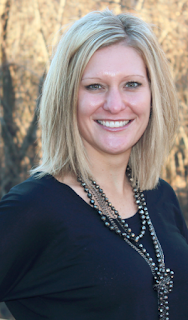It’s
important to periodically unpack some of the emerging research on 3D, VR, and
other dynamic visualization technologies. In today’s post, we are highlighting
some informal, classroom-based “action research” effort conducted in a
Minnesota elementary school.
One of first questions people ask
me about 3D, VR and HD visualization technologies) concerns
its instructional effectiveness. “What is the
difference some of these technologies make in learning?” “How effective are
these technologies with young learners?” they ask. “Action research”, as it is
called, is informal research conducted in live classrooms by practicing
teachers. It can provide very useful empirical insight about learning with
technology. The next two posts highlight one story worth our attention. (Later
I will report on a similar study using VR that had identical results.)
Holli Hillman, a 4th
grade teacher in Minnesota knew that her new 3D visualization technology was
having an impact on young learners, but she needed a way to demonstrate that
learning effectiveness to the leaders who funded her classroom grant.
Accountability was expected. Ms. Hillman decided to conduct a focused action
research effort, showing before and after examples of actual student work.
The
Backdrop.
For her project, Ms. Hillman used stereo
3D projectors, along with science simulation content in her fourth grade
classroom over several years. Typically, she used age-appropriate parts of 3D
simulations, but would mute the software, providing her own personal voice as
narrator. Ms. Hillman would have the
children watch each simulation—regularly pausing the simulations for timely discussion,
comments, and questions—and then have the students watch the simulation again
to allow for optimal comprehension.
The Protocol.
In her effort to create a before
and after perspective, Ms.Hillman followed a specific protocol:
I taught the water cycle using books, posters and discussions; kids were then asked to draw their visual understanding of the water cycle. A few months later, I completely retaught the water cycle using the stereo 3D simulations only (not the books and posters.) Again I asked the kids to draw their visual understanding of the water cycle.
Through
her action research, Ms. Hillman wanted to compare the two treatments. How did
the children fare? See for yourself in next week's posting.



